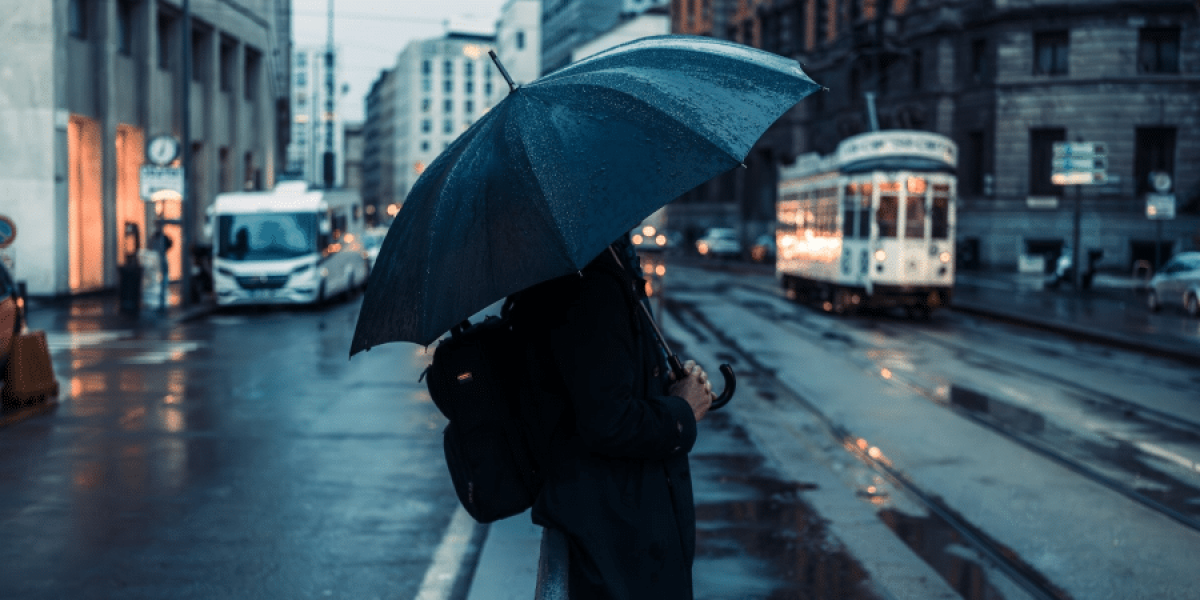Rain. It can be a nuisance when you’re caught without an umbrella, but in the world of cinema, rain is a powerful tool that directors use to set the mood, heighten emotions, and visually enhance a scene. From the pitter-patter on a windowpane to a full-blown downpour, rain can add a whole new dimension to a film. So, grab your popcorn (and maybe a raincoat, just in case), because we’re diving into the fascinating world of rain in movies!
Setting the Scene with a Sprinkle (or a Downpour)
Rain can instantly establish the atmosphere of a scene. A light drizzle can create a sense of melancholy or foreshadow an approaching storm (both literally and metaphorically). A heavy downpour can evoke feelings of isolation, chaos, or even cleansing renewal.
Think about the iconic scene in Blade Runner where Rick Deckard (Harrison Ford) walks through a neon-lit street, rain cascading down his trench coat. The rain not only adds a sense of grime and decay to the dystopian cityscape, but also reflects Deckard’s inner turmoil.
Visual Effects: Making Movie Rain Magical
Of course, movie rain isn’t always a product of Mother Nature’s cooperation. Filmmakers have a whole arsenal of tricks up their sleeves to create the perfect downpour:
- The Old-Fashioned Way: Sometimes, good old-fashioned sprinklers or hoses do the trick, especially for light rain scenes shot outdoors.
- Shower Power: For more controlled indoor rain, showerheads can be rigged up above the set to create a realistic effect.
- Water Tanks and Drops: For dramatic close-ups of raindrops hitting a character’s face, filmmakers might use strategically placed water tanks or even individual drops carefully positioned and filmed.
- The Magic of CGI: In the age of computer-generated imagery (CGI), rain can be entirely fabricated digitally. This allows for complete control over the intensity, direction, and even the visual style of the rain.
More Than Just Wet: Rain as a Symbol
Rain can also be loaded with symbolism in films. A sudden downpour might represent a character’s emotional breakdown, a cleansing baptism after a moral transgression, or even a spark of new beginnings.
Consider the end scene of The Shawshank Redemption. As Andy Dufresne (Tim Robbins) emerges from the sewer pipe into the pouring rain, it signifies not just his physical escape, but also his emotional and spiritual liberation.
Famous Filmic Downpours: A Cinematic Splash
Some rain-drenched scenes have become iconic in film history:
- Singing in the Rain (1952): Gene Kelly’s joyful dance through the streets, defying the downpour, is a celebration of pure cinematic exuberance.
- Seven (1995): The constant drizzle in this neo-noir thriller adds to the film’s dark and oppressive atmosphere.
- The Matrix (1999): The iconic “bullet time” scene in the rain is a technical marvel, showcasing the transformative power of rain in creating a visually stunning slow-motion effect.
Rain or Shine: A Director’s Choice
The use of rain in film is ultimately a creative decision by the director. It’s a tool that can be used subtly or in a big, splashy way, depending on the desired effect.
So, the next time you watch a movie and see rain on screen, take a moment to appreciate how it contributes to the overall story and emotional impact. It might just make you see rain in a whole new light – or should we say, a whole new downpour?







